
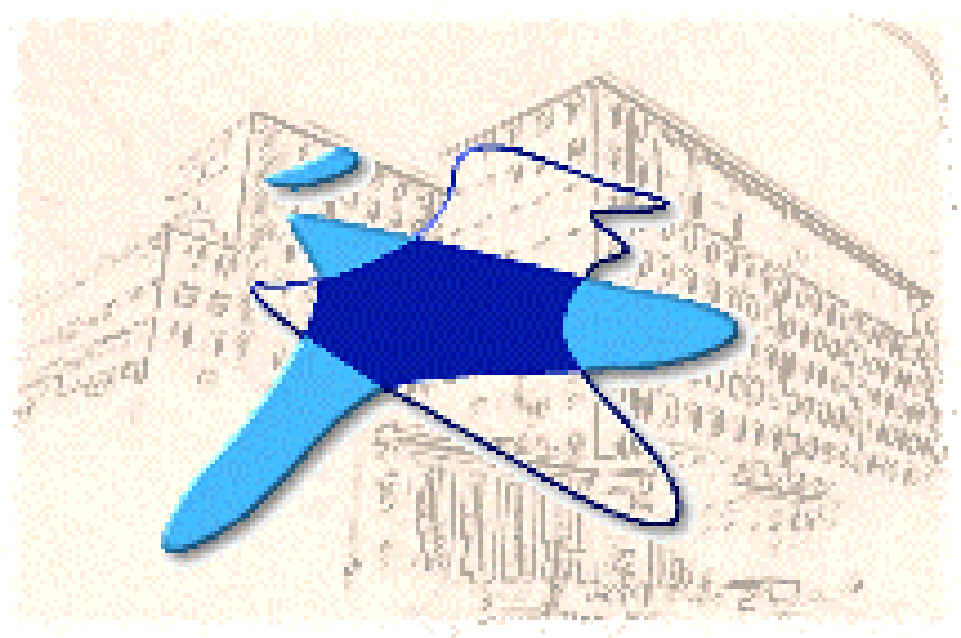
DEPARTMENT OF MAXILLOFACIAL SURGERY
HOSPITAL UNIVERSITARIO DE "LA PRINCESA "
MADRID (SPAIN)
Head : Dr. Diaz Gonzalez
ANALYSIS OF THE RESULTS OF SURGICAL TREATMENT FOR SQUAMOUS CELL CARCINOMA OF MOBILE TONGUE AND BASE OF TONGUE
Sastre J.; Naval L.; Rodriguez Campo F.J.; Muņoz M.; Ortiz de Artiņano F.; Padron A.; Rubio P.; Gil-Diez J.L.; Diaz F.
Purpose: Squamous cell carcinoma of mobile tongue and base of tongue is the most frecuent location of intraoral carcinoma. The aim of this study is the retrospective analysis of 15 years treating this carcinoma with surgery and postoperative radiotherapy.
Mathrial and Methods: 123 mobile tongue and 32 base of tongue carcinomas primarily treated by surgery and postoperative radiotherapy, between January 1979 and January 1997, among 368 patients with squamous cell carcinoma of the oral mucosa. Statistical analysis for relapse and survival was calculated by Kaplan-Meier curves and log-rank test.
RESULTS
PATIENTS CHARACTERISTICS
| Mobile Tongue | Base of Tongue | |
| Number | 123 patients | 32 patients |
| Sex | 74% males | 97% males |
| Mean age | 58 years (7%<40 y) | 57 years (6%<40 y) |
| Follow-up | 75% (92 patients) >3 y | 78% (25 patients) >3 y |
| 63% (77 patients) >5y | 63% (20 patients) >5y | |
| Tobacco habit | 58% | 88% |
| Premalignant lesions | 23% | 3% |
| Second malignancies | 21% | 35% |
| Treatment: | ||
| Local | 100% (1 cm margin) | 100% (1 cm margin) |
| Cervical dissection | 74% (41% bilateral) | 100% (62% bilateral) |
| Postoperative Rth. | 39% | 81% |
PATHOLOGICAL FINDINGS
| Mobile Tongue | Base of Tongue | |
| pNo | 62% of dissections | 38% of dissections |
| pN+ | 38% | 62% |
| 65% extracapsular spread . | 71% extracapsular spread... | |
| Well difer. | 48% | 28% |
| Poor difer. | 9% | 22% |
| Margin: | ||
| Affected | 14% | 31% |
| Close (<5mm) | 6% | 9% |
| Peruneural spread | 34% | 50% |
| Thikness<2mm | 15% | 3% |
Statisstical method: Log-Rank test & Kaplan-Meir survival curves stratified by TNM stage, Fisher test for % comparison.
MOBILE TONGUE CRUDE SURVIVAL
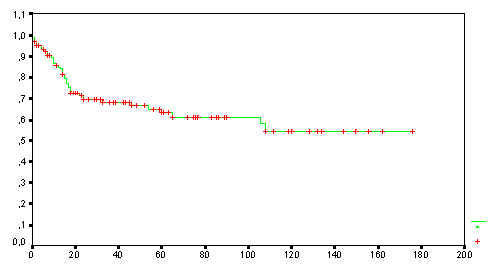
BASE OF TONGUE CRUDE SURVIVAL
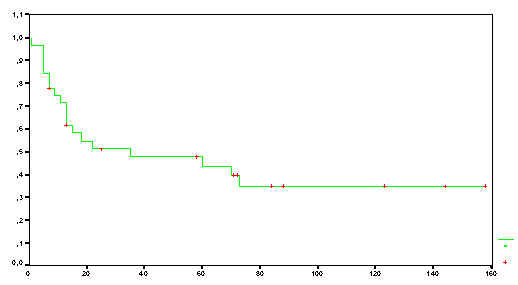
MOBILE TONGUE SPECIFIC DISEASE SURVIVAL
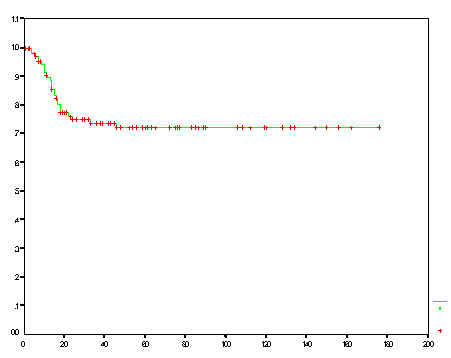
BASE OF TONGUE SPECIFIC DISEASE SURVIVAL
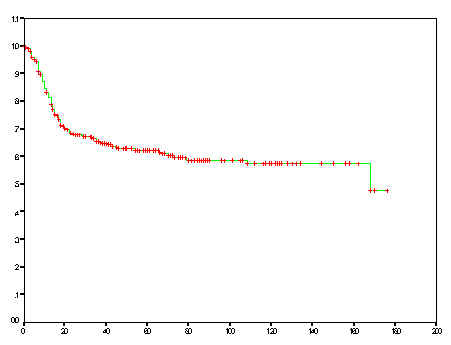
TNM & pTNM STAGE
| ..................... | Mobile Tongue | ..................... | .....Base of Tongue.. |
TNM |
pTNM |
..................... | TNM |
pTNM |
|
| Stage I | ...21%... | ...28%... | 3% |
9% |
|
| Stage II | 37% |
30% |
...12%... | ...12%... | |
| Stage III | 21% |
12% |
31% |
3% |
|
| Stage IV | 20% |
30% |
54% |
75% |
CERVICAL STATUS
| Mobile Tongue | ........................ | ......Base of Tongue.. |
...No..... |
...N+..... | ......................... | ...No..... | ...N+..... |
78% |
22% |
23% |
77% |
SURVIVAL RESULTS

RESULTS, RELAPSE & TREATMENT
Global |
||
Mobile Tongue |
Base of Tongue |
|
| 1 year | 31% |
44% |
| 3 years | 34% |
44% |
| 5 years | 35% |
48% |
| Treatment & Survival ...... | ..72% (39% surv).. |
..58% (28% surv).. |
TYPE OF RELAPSE
..Local.. |
..Cerv. Hom... | ..Cerv. Cont... | ..Lococer... | ..Metastases.. | |
| Mobile T. | 29% |
37% |
8% |
18% |
8% |
| Base of T. | 21% |
36% |
21% |
14% |
8% |

No WITH/WITHOUT DISSECTION (MOBILE TONGUE)
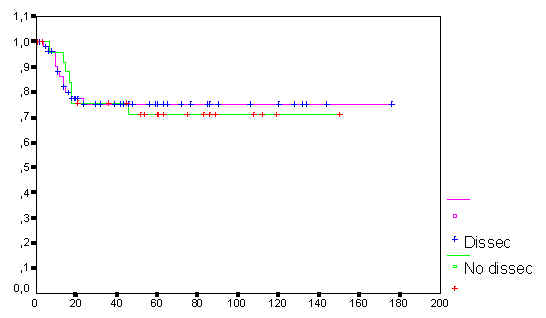
SPECIFIC SURVIVAL EARLY vs ADVANCED STAGES (MOBILE TONGUE)
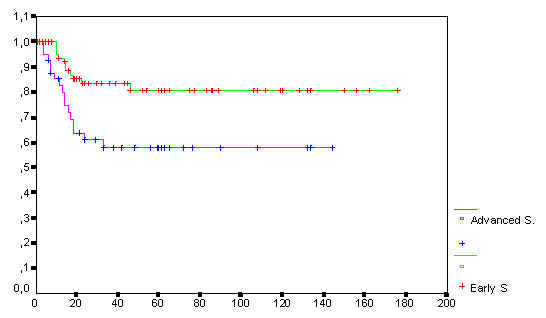
UNIVARIANT ANALYSIS OF SURVIVAL (CRUDE ULTIMATE)
| Survival improved by: | Mobile.Tongue |
Base of Tongue ..(No statistical diferences were found).... |
| Sex (female) | p=0.0036 |
--- |
| No perineural spread | p=0.0454 |
p=0.414 |
| Thicknes | p=0.0133 |
p=0.3695 |
| Stage (TN, TNM,pTNM) | p=0.02 |
p=0.645 |
| Free margins | p<0.0000 |
p=0.1542 |
| Well diferenciated | p=0.9065 |
p=0.49 |
| No elective dissection | p=0.9065 |
|
| Second malignancies | p=06739 |
Stratified analysis by TNM stage. Free/Involved margin p=0.0042
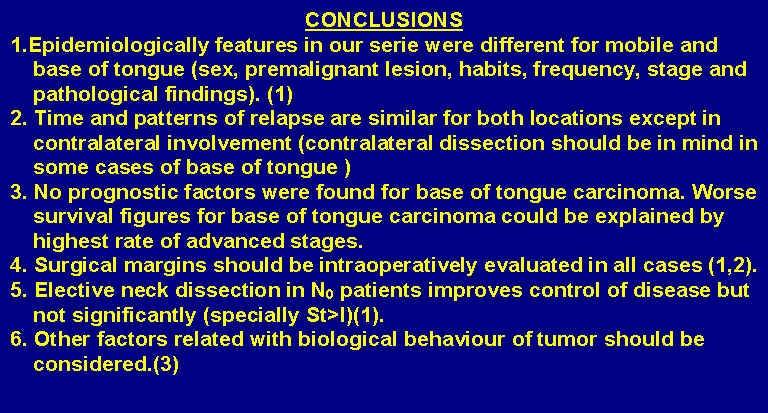
Bibliogrphy:
-Byers RM et al. Can we detect or gredict the presence of occult nodal metastases in patients with squamous carcinoma of oral tongue? -Head & Neck (20) 138-144; 1988.
-Machtay M et al. Combined surgery and postoperative radiotheraphy for carcinoma of the base of tongue: analysis of treatment -outcome and prognosis in value of margin status. Head & Neck (19) 494-499; 1997.
-Rubio P.; Naval L. et al. Tumor DNA contents as a prognostic indicator in squamous cell carcinoma of the oral cavity an tongue base. .Head & Neck (20) 232-239; 1998.